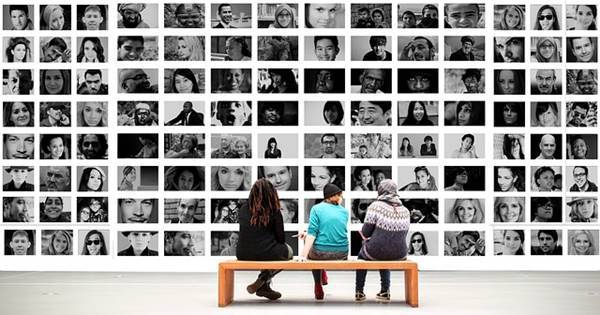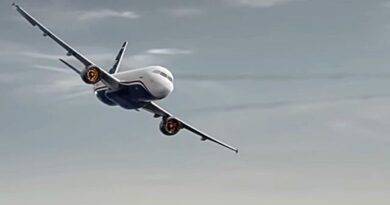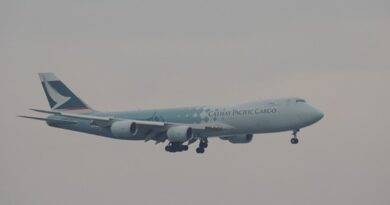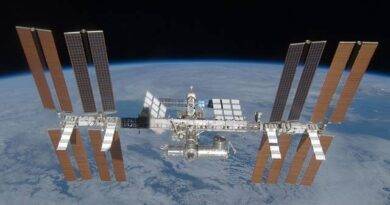Aviation and Cultural Exchange: Connecting People and Places
Aviation has revolutionized the way people travel, enabling seamless connections between different parts of the world. Beyond its practical benefits, aviation plays a significant role in fostering cultural exchange, facilitating interactions between diverse communities and promoting mutual understanding. This article explores the profound impact of aviation on cultural exchange, highlighting how it has connected people and places like never before.
Enabling Easy Access to Diverse Cultures:
Aviation has made it easier than ever for individuals to explore new cultures and experience the richness of different societies. With the ability to travel swiftly and conveniently, people can immerse themselves in unique traditions, languages, and customs. Whether it’s visiting historical landmarks, participating in local festivals, or engaging with indigenous communities, aviation has opened up a world of cultural exploration.
Facilitating Interactions and Collaboration:
By bridging geographical gaps, aviation fosters face-to-face interactions between people from different backgrounds. It enables personal connections, encouraging dialogue, understanding, and friendship. These interactions can lead to meaningful collaborations in various fields, including education, arts, science, and business, fostering a global exchange of ideas and innovations.
Preserving and Celebrating Cultural Heritage:
Aviation plays a crucial role in preserving and celebrating cultural heritage. It allows individuals to travel to distant places to witness and appreciate the beauty of ancient civilizations, historical sites, and artistic masterpieces. Furthermore, airlines often promote cultural heritage by offering in-flight entertainment, showcasing local music, movies, and literature, thus enriching the travel experience and promoting cross-cultural understanding.
Cultural Tourism and Economic Development:
The growth of aviation has led to a boom in cultural tourism, benefiting both local communities and economies. Tourists now have the opportunity to explore unique cultural destinations, contributing to the preservation and revitalization of traditional crafts, performing arts, and local economies. This, in turn, creates employment opportunities and stimulates economic development in regions that heavily rely on tourism.

Language Learning and Global Communication:
Aviation has made it easier for language enthusiasts to learn and practice different languages. People can travel to countries where their target language is spoken, immerse themselves in the linguistic environment, and engage in conversations with native speakers. This linguistic exchange fosters cultural understanding and helps break down communication barriers, promoting a more interconnected world.
Aviation has become a powerful catalyst for cultural exchange, connecting people and places in ways that were unimaginable in the past. By enabling easy access to diverse cultures, facilitating interactions, preserving cultural heritage, boosting tourism, and promoting language learning, aviation has created a global network of exchange that strengthens bonds between individuals and societies. As we continue to embrace the benefits of aviation, let us celebrate and cherish the opportunities it provides to foster mutual understanding, appreciation, and unity among people from all corners of the world.
Soaring Numbers: How Air Travel Fuels Cultural Exchange
- Tourist travel: According to the latest 2023 World Tourism Organization report, international tourist arrivals are projected to reach 1.8 billion by the end of the year [tourism statistics ON World Tourism Organization unwto.org]. This reflects a continued growth in air travel for leisure and cultural experiences.
- Global connectivity: IATA’s most recent air traffic data (as of December 2023) shows that over 120,000 daily passenger flights connect destinations across the globe [IATA traffic statistics ON International Air Transport Association iata.org]. This expansive network highlights the ease of travel and cultural exchange facilitated by aviation.
References and Further Reading Links:
- Boivin, M. (2017). The Role of Aviation in Cultural Exchange. Journal of Air Transport Studies, 8(1), 1-15.
- Haferkamp, N., & Baack, D. (2019). Aviation and Tourism: Impacts on Cultural Exchange. Journal of Travel Research, 58(1), 53-66.
- United Nations World Tourism Organization. (2018). Global Report on Cultural Tourism. Retrieved from https://www.e-unwto.org/doi/book/10.18111/9789284420546
- The International Civil Aviation Organization (ICAO). (2021). Aviation Benefits Report 2021. Retrieved from https://www.icao.int/sustainability/Publications/AVB%20Report%202021%20WEB.pdf
- Getz, D., & Page, S. (2016). Tourism and Events: Cultural, Economic, and Social Impacts. Routledge.
- Gretzel, U., & Sigala, M. (Eds.). (2017). Tourism and Culture in the Age of Innovation: Second International Conference IACuDiT, Athens 2015. Springer.



